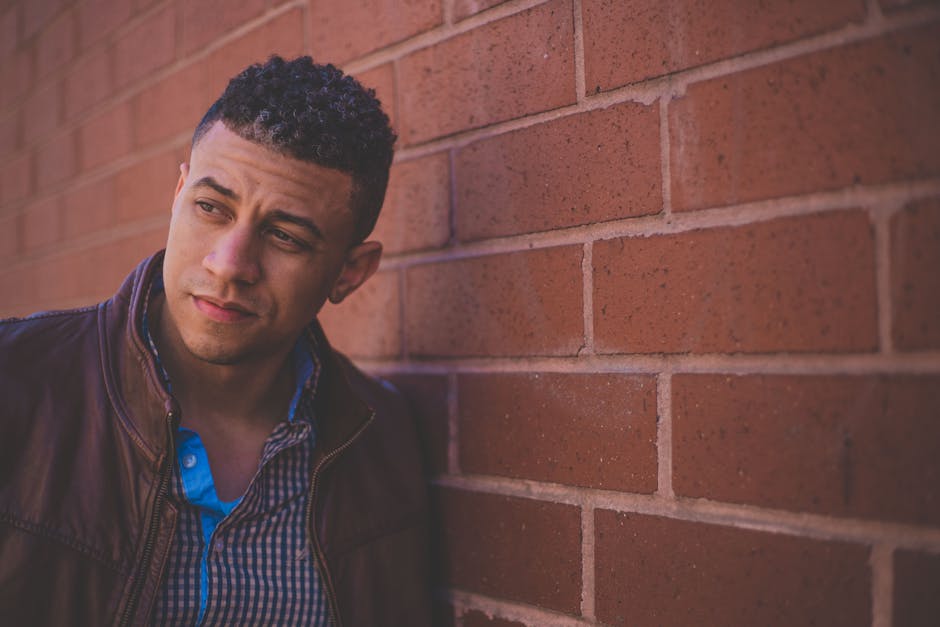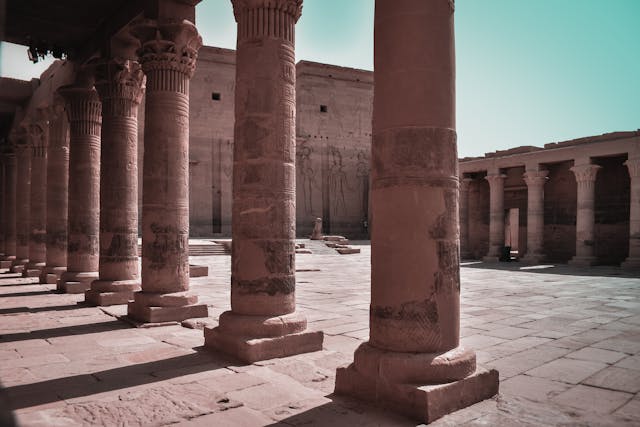
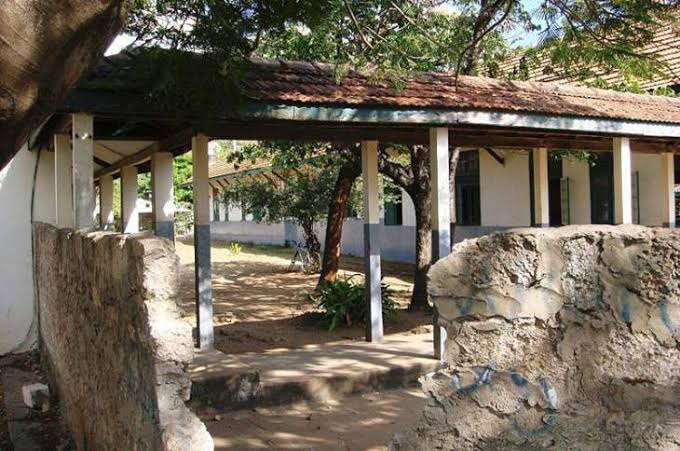
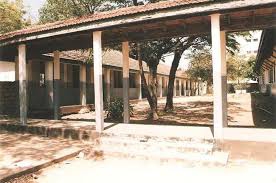
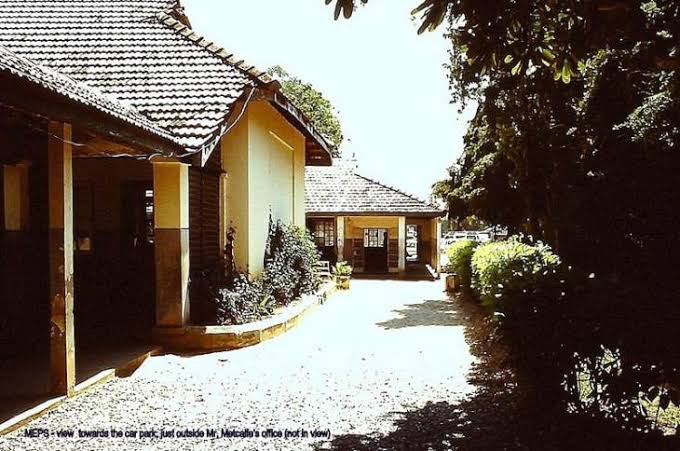

Unearthing History: The Timeless Legacy of CMS Mombasa Primary School
History African@africanhistory
12 days ago
Nestled in the heart of Mombasa’s coastal charm, CMS Mombasa Primary School stands as a testament to Kenya’s educational roots, whispering tales of missionary zeal and colonial beginnings. Established in 1846 by the Anglican Church Missionary Society (CMS), under the pioneering efforts of missionaries Johann Ludwig Krapf and Johannes Rebmann, this institution holds the distinction of being Kenya’s first formal primary school.
Located in the Rabai area, about 20 kilometers northwest of Mombasa, the school emerged as part of the Rabai Mission, a hub for spreading Christianity and literacy among the local Swahili and Mijikenda communities. Its humble origins in a region already familiar with Islamic scholarship by 1728 set the stage for a fusion of cultures, making it a cornerstone of Kenya’s educational evolution.
The school’s early days were marked by simplicity, with classes likely held under trees or in basic mud-walled structures, teaching reading, writing, and biblical lessons in Swahili. Krapf and Rebmann, driven by a vision to empower locals through education, faced challenges like language barriers and resistance from communities wary of foreign influence. Yet, their persistence laid a foundation that outlasted their time. The school’s curriculum, initially religious, gradually incorporated practical skills, reflecting the CMS’s broader mission to uplift through knowledge. Over time, it moved from Rabai to Mombasa Island, adapting to the growing urban landscape while retaining its missionary ethos.
Today, CMS Mombasa Primary School, often associated with its modern successor, Mombasa Primary School, remains a symbol of resilience. The original Rabai site, now part of the Rabai Museum, preserves remnants of the mission, including Krapf’s church and early school structures. The museum offers a glimpse into the 19th-century life, with artifacts like Swahili manuscripts and missionary tools. The school itself, though evolved, continues to serve local children, blending historical significance with contemporary education under Kenya’s Competency-Based Curriculum (CBC).
For tourists, visiting CMS Mombasa Primary School is a journey into Kenya’s past. Start at the Rabai Museum, a short drive from Mombasa’s city center, where guided tours (around KES 500 for non-residents) reveal the school’s story amidst lush greenery. Pair this with a trip to Mombasa’s Old Town to soak in the coastal culture that shaped the school’s context. Early mornings are ideal for visits to avoid the coastal heat; wear comfortable shoes for walking the museum’s trails. Respect local customs by dressing modestly, and ask permission before photographing school premises or students.
Budget travelers can use matatus from Mombasa to Rabai (KES 100–150), while taxis offer convenience for about KES 2,000 round-trip. Don’t miss nearby Kaya forests, sacred Mijikenda sites, for a deeper cultural dive.
Tip: Combine your visit with a stop at Fort Jesus to contextualize Mombasa’s colonial history. Local eateries like Forodhani Restaurant serve authentic Swahili dishes—try the biryani—to fuel your exploration. Always carry water and sunscreen for the humid climate, and check museum hours (typically 8:30 AM–5:00 PM) in advance.
#KenyaTravel #MombasaHistory #CMSMombasa #RabaiMuseum #ColonialKenya #EducationalHeritage #SwahiliCoast #TravelAfrica #KenyaTourism #HistoricalSites #MissionaryLegacy #CulturalJourney
Photo Credit: Pete Goodard


